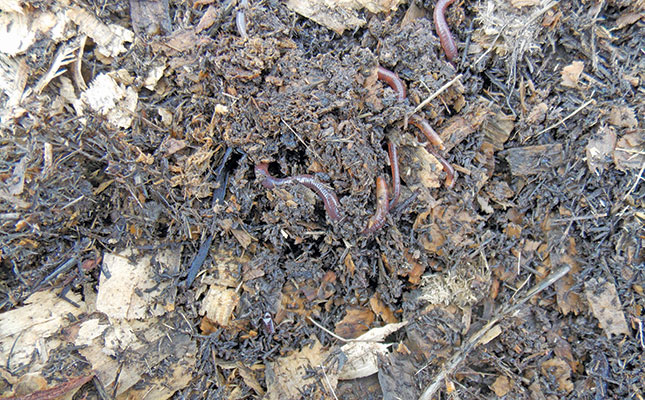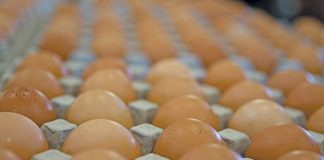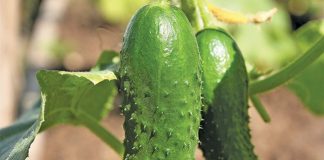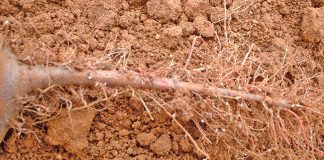
Photo: Bill Kerr
The presence of earthworms is a good indication of soil health. South Africa is home to the African giant earthworm (Microchaetus rappi), the largest species in the world. Found in the Eastern Cape, it averages about 1,4m in length, although a gigantic specimen of 6,7m was discovered in 1967.
The castings formed by this species are so large that they look like old grave mounds; I have seen them myself when travelling in the region. A researcher compared samples of M. rappi castings with soil samples from the surrounding area and unsurprisingly found much higher levels of carbon and nitrogen in the mounds.
Types of earthworm
There are three groups of earthworms, namely epigeic, endogeic and anecic.
Epigeic
Epigeic earthworms do not live in the soil but in surface organic matter. They are useful for converting waste organic matter into vermicompost.
In South Africa, the prominent species is the red wriggler (Eisenia andrei). This species is very valuable and many farmers, both in South Africa and abroad, use the worms to convert cattle manure and other organic waste into vermicasts, a type of compost. This is sold to farms and garden centres, and is ideal for growers producing organic produce.
It is also excellent for fertilising golf greens. Chemical fertilisers result in much leaching of nutrients due to the sandy upper layer and the practice of close-cropped mowing, which creates a shallow root system.
Vermicasts provide nutrients that keep the grass well fertilised for a long time with minimal leaching.
Red wrigglers are often also used by households to ‘digest’ kitchen waste into nutritious vermicompost for the vegetable patch and house plants.
Many kits in various forms are available for this purpose.
Endogeic
These earthworms inhabit the top 30cm of soil. They make lateral tunnels and consume soil with organic content, which is enriched after passing through the worms.
Anecic
Anecic earthworms make vertical tunnels deep into the soil and come out at night to feed on decaying organic matter. When I lift up my cover crop mulch, I often see them zipping into their tunnels. They perform a wonderful service by taking surface organic content down to deeper layers, operating, in effect, as nature’s ploughs.
Their tunnels also enable water to penetrate easily into the soil and provide the right amount of aeration.
All three groups of worms are found in the soil of my lands, as it is rich and organic.
The red wrigglers are in the minority and are not usually found in the lands, but thanks to my mulch, I’m able to support some. In contrast, they always multiply in my compost heaps after the temperature drops.
Earthworms do not thrive in cultivated soil and their numbers are far higher under no-till conditions. They are one of the reasons that no-till farming produces healthier crops and ensures greater drought resistance.
Keeping soil moist also helps maintain earthworm populations.
Bill Kerr is a vegetable specialist and a breeder of a range of vegetables.










